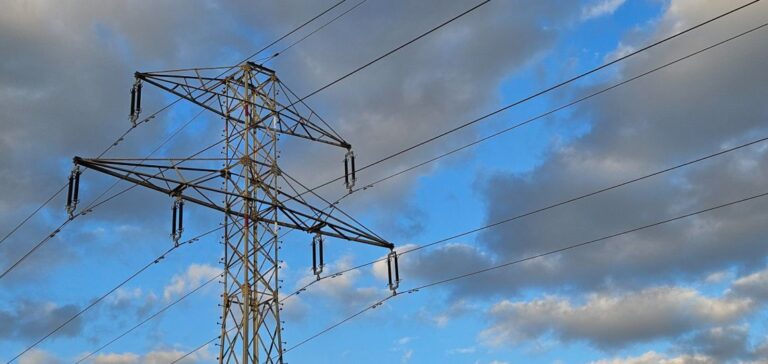In the Netherlands, the rapid electrification of end-uses and the expansion of photovoltaic capacity are placing unprecedented pressure on the national electricity grid. Between 2018 and 2023, solar capacity increased fivefold, driven primarily by rooftop installations incentivised by a favourable net metering policy. However, this growth in electricity supply has clashed with stagnant grid capacity, resulting in severe congestion.
A saturated grid faces growing demand
Grid congestion occurs when electricity transmission capacity is insufficient to transport all available production to areas of consumption. At the start of 2025, nearly 10,000 large users — including businesses and storage systems — and 7,500 generation projects were waiting to be connected. This situation causes delays in the implementation of industrial and residential projects, hindering economic development.
The cost of managing this congestion has increased significantly. In 2022, the grid operator TenneT spent €388mn on such operations, compared to €60mn in 2020. In Germany, similar management costs exceeded €4bn in 2022, tripling from 2020 levels. These expenses are mostly passed on to consumers via network charges.
Institutional response and targeted modernisation
In response, the Dutch government launched a National Grid Congestion Action Programme in December 2022. This plan, supported by grid operators, provinces, the regulator and industry representatives, is based on three pillars: accelerating grid extensions, optimisation through smart solutions, and improving transparency on capacity data.
The Netherlands Authority for Consumers and Markets (ACM) introduced new tariff structures and non-firm contracts to encourage flexibility and reduce peak consumption. In parallel, grid enhancement technologies such as reconductoring and voltage uprating are being implemented to boost capacity without immediately building new lines.
Comparative approaches and international initiatives
Similar measures are underway elsewhere. In Ireland, ESB Networks is upgrading the medium-voltage grid, quadrupling its capacity. In Belgium, Elia is deploying dynamic line rating systems to adjust power flows in real time. In Lithuania, legislation since 2022 has enabled the creation of hybrid power plants combining solar, wind and storage.
Capacity maps are also being developed to visualise congestion points and guide investment decisions. The objective is to locate projects — charging stations, distributed production — in less saturated areas. These tools also strengthen transparency and coordination among stakeholders.
Flexibility from distributed energy resources such as home batteries or electric vehicles offers an additional lever. This requires price signals adapted to local conditions to encourage behaviour aligned with grid status. The development of local flexibility markets could play a central role in this dynamic.






















